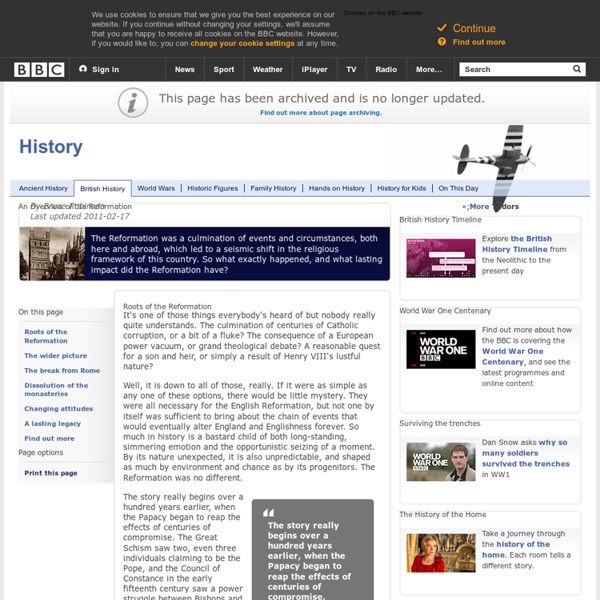



The Catholic Reformation The Catholic Reformation was the intellectual counter-force to Protestantism. The desire for reform within the Catholic Church had started before the spread of Luther. Many educated Catholics had wanted change - for example, Erasmus and Luther himself, and they were willing to recognise faults within the Papacy. During the Cl5, society was changing. The Renaissance taught people to question and to challenge the norm. The Catholic Church hierarchy failed to change with it and the organisation of the Church appeared dated. In the Cl3, St. But Augustinian beliefs were still strong and alive in Catholic centres of learning. Francisco de Suarez and Luis de Molin (both Jesuits) both tried to bridge the gap between Thomism and Augustinianism by claiming that Man had freedom of choice but ultimately God was omnipotent. Some Catholic reformers were also influenced by late Medieval mysticism such as Master Eckhardt and Thomas a Kempis. The Catholic Reformation relied on individuals.
Glossary Definition: Reformation A term covering a number of changes in Western Christianity (Europe) between the 14th and 17th centuries, resulting in the split in Christianity between Roman Catholicism and Protestantism. The Reformation, widely conceived, was a reaction against the hierarchical and legalistic structures of the Papacy and the Roman Catholic Church. Reformers rallied against the Roman Catholic Church's dogmatic theology, economic and religious exploitation of the common masses, and colonialization and conquest of indigenous peoples. Most fundamentally, the Reformation challenged the Papacy's claims of divine authorization and infallibility. One particularly well-known Catholic method of exploitation in the Middle Ages was the practice of selling indulgences, a monetary payment of penalty which, supposedly, absolved one of past sins and/or released one from purgatory after death.
The Reformation Help support New Advent and get the full contents of this website as an instant download. Includes the Catholic Encyclopedia, Church Fathers, Summa, Bible and more — all for only $19.99... The usual term for the religious movement which made its appearance in Western Europe in the sixteenth century, and which, while ostensibly aiming at an internal renewal of the Church, really led to a great revolt against it, and an abandonment of the principal Christian beliefs. We shall review the general characteristics of this movement from the following standpoints: Causes of the Reformation The causes of the great religious revolt of the sixteenth century must be sought as far back as the fourteenth. Since the barbarian invasions the Church had effected a complete transformation and revival of the races of Western Europe, and a glorious development of religious and intellectual life. Closely connected with the above were various abuses in the lives of the clergy and the people.
English Reformation The English Reformation was a series of events in 16th century England by which the Church of England broke away from the authority of the Pope and the Catholic Church. These events were, in part, associated with the wider process of the European Protestant Reformation, a religious and political movement that affected the practice of Christianity across most of Europe during this period. Many factors contributed to the process: the decline of feudalism and the rise of nationalism, the rise of the common law, the invention of the printing press and increased circulation of the Bible, the transmission of new knowledge and ideas among scholars, the upper and middle classes and readers in general. Based on Henry VIII's desire for an annulment of his marriage (first requested of Pope Clement VII in 1527), the English Reformation was at the outset more of a political affair than a theological dispute. The structure and theology of the church was a matter of fierce dispute for generations.